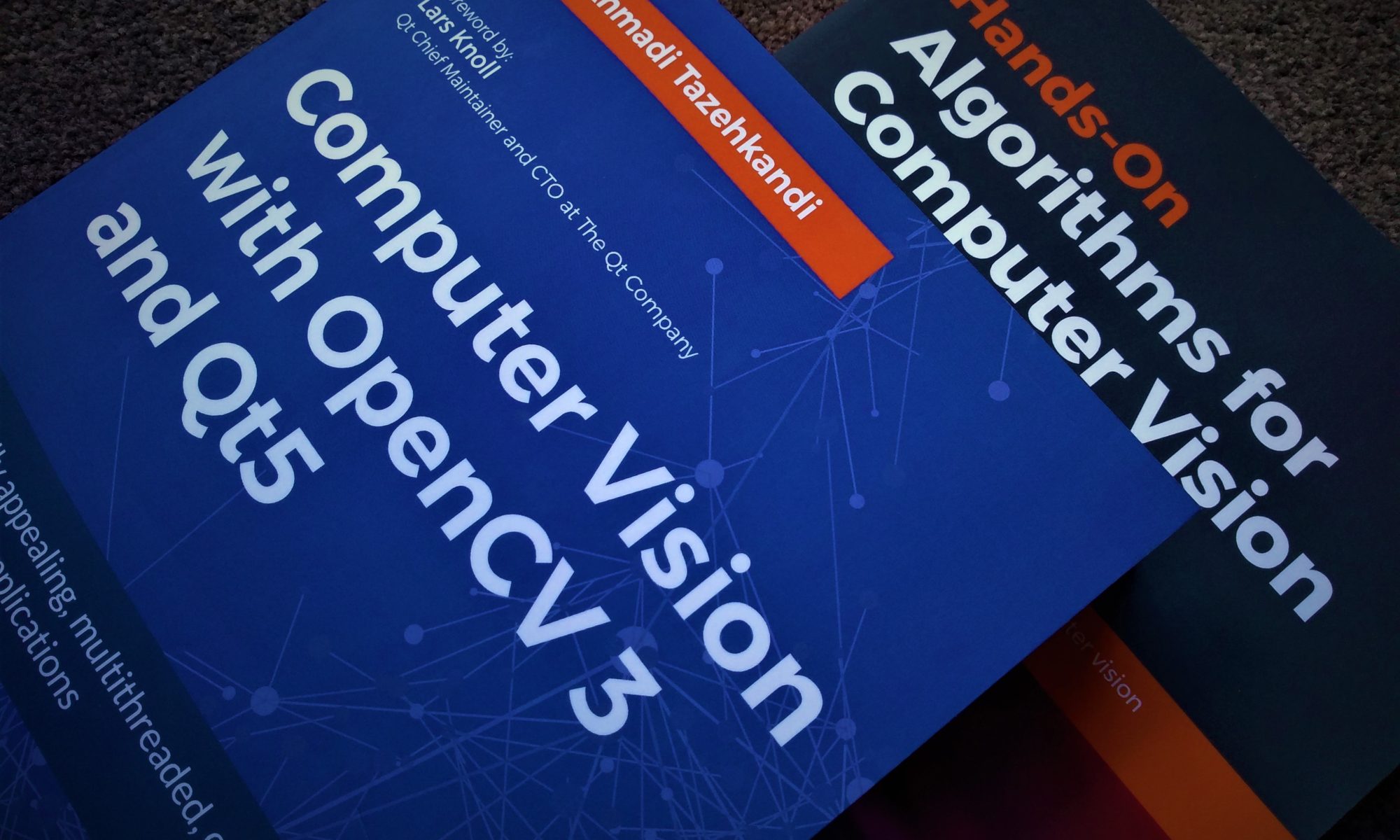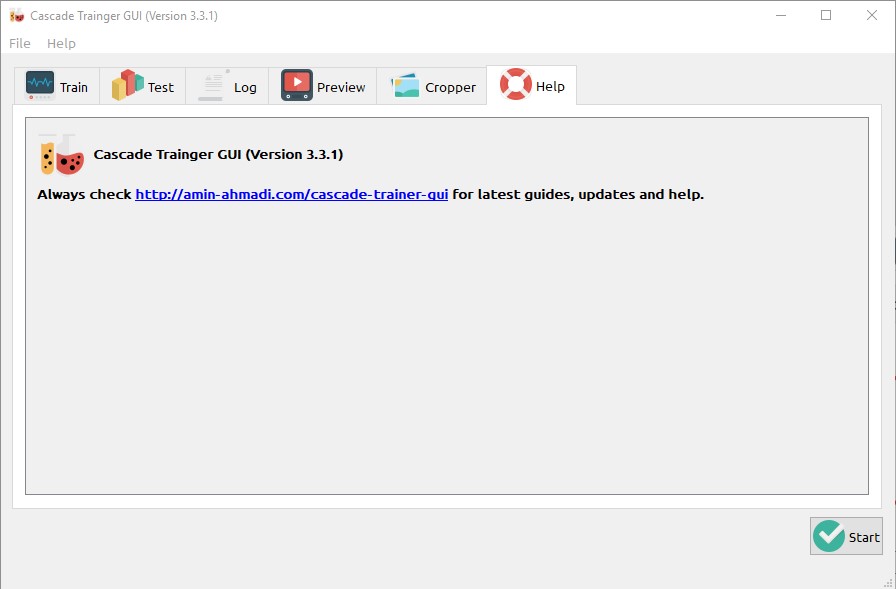This guide is quite similar to my previous How-Tos about building OpenCV from source codes and using them in Qt, but I wanted to created a fresh one and point out a few of the changes made in this recent OpenCV version that requires you to reconfigure your Qt projects just a bit.
Continue reading “How to Build and Use OpenCV 4 with Qt5 in macOS Mojave”How to Use OpenCV in Unity for Android
If you’ve read my previous articles (especially this one) about how to use OpenCV in Unity and how to pass images between them, this post will feel like a breeze and you can just quickly skim through it. However, if you haven’t, I recommend doing so because in this post I’ll describe how to create an Android library that uses the OpenCV library and then include it in your Unity project, or in other words describe what we did in Unity for Windows this time in Unity for Android.
Continue reading “How to Use OpenCV in Unity for Android”How to Pass Images Between OpenCV and Unity
A question I got a lot after writing this post quite some time ago was “How to pass a processed image from OpenCV back to Unity?!” Obviously, that tutorial described just the way to pass images from Unity to C# (because of the nature of what it needed to do) and my answers in the comments section didn’t quite clarify things for most people, so I thought why not write another tutorial and address all those questions in one go. This article is the result, so I hope it helps you understand not just how images are passed from Unity to OpenCV and vice versa, but also why it needs to be done like this.
Continue reading “How to Pass Images Between OpenCV and Unity”Batch Convert and Resize Images Using Picture Stamper
In this post I’ll describe how you can use Picture Stamper application on Windows and macOS to easily and quickly convert a batch of images to either PNG, JPG or TIF formats and optionally resize them at the same time.
Continue reading “Batch Convert and Resize Images Using Picture Stamper”How to Use DPAPI with Qt Framework to Encrypt and Decrypt Data
When dealing with data encryption and decryption in Windows operating systems, probably one of the best choices is to use the Data Protection API. In this post I’ll be sharing two simple functions that can be used to encrypt and decrypt data (such as passwords, recovery keys and so on) that you want to store in an easy, quick and highly protected manner. Needless to say, these functions can be used with C++ and Qt Framework.
Continue reading “How to Use DPAPI with Qt Framework to Encrypt and Decrypt Data”Cascade Classifier Training – FAQ, Known Issues and Workarounds
After receiving almost the same questions about Cascade Trainer GUI application all over again from many different users, I realized that it will be much more useful for anyone with a similar question, and much more efficient for me to actually compile a list of frequently asked questions, all the known issues and error and warning messages and try to answer them all in one place. Here is the result.
Continue reading “Cascade Classifier Training – FAQ, Known Issues and Workarounds”Download Prebuilt OpenCV Libraries for MinGW
This is something that is very commonly searched but not easily found. So, as a reference for myself and anyone who might need it, I have shared the prebuilt OpenCV libraries for MinGW in this post, namely OpenCV 4.1.0 for MinGW 7.3.0 32-bit.
Note: I’ve assumed that you already know how OpenCV is built but you’re just looking for OpenCV prebuilt libraries instead of building them yourself. However, if you want to build OpenCV for MinGW by yourself, you can search my website for plenty of tutorials and information to get you started.
You might be wondering what sort of CMake parameters (or changes) I used to prepare these libraries, so to answer it very briefly, here they are:
- WITH_OPENCV_D3D11_NV = OFF
- BUILD_opencv_world = ON
- BUILD_opencv_python3 = OFF
- BUILD_opencv_python_bindings_generator = OFF
- BUILD_opencv_java_bindings_generator = OFF
You can use this link to directly download the libraries, and post your questions below in the comment box.
How to Build OpenCV 4.X for Native Android Development
For a number of different reasons, you might want/need to build OpenCV from scratch instead of using the pre-built and official libraries provided by OpenCV. Since you’ve ended up reading this post, there’s a good chance that you already know why you might need to do this, but if you don’t, you can check out my similar post from a couple of years ago for some answers on this. That post was based on OpenCV 3.3 which is considered out-of-date these days, especially with OpenCV 4 out in the market (OpenCV 4.0.1 at the time of writing this article), so I decided to write a new tutorial to address some of the differences. So without without further ado, here we go.
Continue reading “How to Build OpenCV 4.X for Native Android Development”A Simple Script to Build OpenCV 3.4.3 for Windows
Update 2019-05-25: Added notes to help with changes and possible issues caused with more recent versions of CMake.
Over the years I have written quite a few guides and tutorials that describe building OpenCV from sources for Windows, however they were mostly done using the GUI. It means you’d have to be using CMake GUI to set some parameters and then a few other actions and you’d end up building OpenCV using Visual Studio like any other VS solution. Even though it’s quite simple to build OpenCV like this, you can’t automate it and you need to perform all the required actions manually. In this post though, I’ll be sharing a few simple commands that can be put inside a batch script that will allow you to build OpenCV for any platform you like, simply by executing (or double clicking) that script!
Continue reading “A Simple Script to Build OpenCV 3.4.3 for Windows”
Adding External Libraries to Qt Projects
As simple as it sounds, most of the time it’s a hassle to add the required libraries to your Qt projects. You have to add the include path, the libraries and if you are aiming to have a cross-platform project, you need to account for Windows, macOS and Linux operating systems separately. Well, there are a couple a methods to simplify this a bit which I’ll describe in this tutorial.
Continue reading “Adding External Libraries to Qt Projects”





